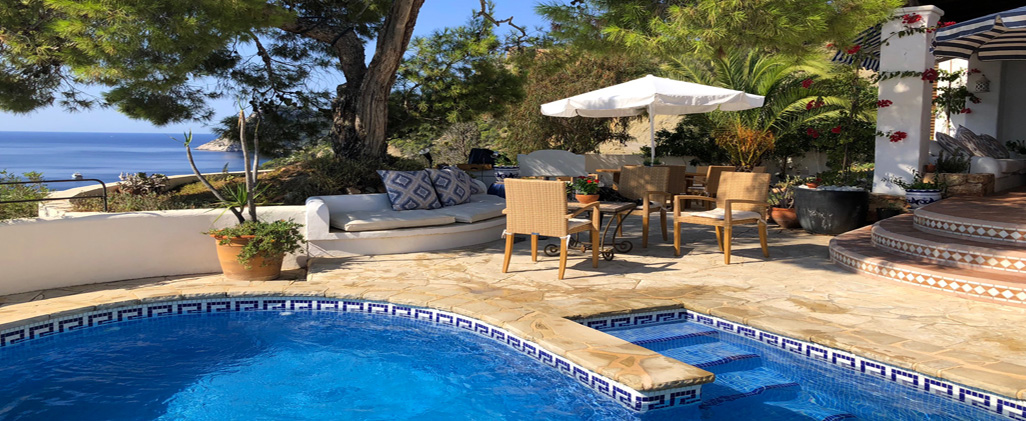Positive Price News
Following the Spanish property market crash of 2007-2008 the growth trend, which began in 2012, has extended continuously into the third quarter of 2018 with the latest figures, published by the National Institute of Statistics, Spain (INE.es) showing that average house prices have risen by 7.2% year-on-year. This indicates 18 successive quarters of growth in Spanish real estate value.
The Balearic Islands take the lead in the competition for recovery, exceeding the success of other regions in Spain, with prices finishing the third quarter of 2018 at 90% of their pre-crisis level, representing a rise of 7%. The city of Madrid came a close second boasting a recovery to 80% of pre-2008 house prices with a highly impressive price hike of 10.9% in the last year. These figures compare with a rise in prices of 6.7% in La Rioja, and 5.7% in Cantabria.
Northern Spain has seen an increased level of interest, particularly in new-builds, this could be due to the excellent rail links to Madrid. Regions such as Castile y Leon and La Rioja, for example, have seen a year-on-year increase in house prices of 8.8% and 9.7% respectively. In fact, there have been healthy signs of recovery throughout Spain during the last 12 months with Catalonia, Murcia, Galicia, Valencia and the Canary Islands all finishing Q3 with a minimum of 75% of their peak prices. Predictions for the Spanish property market for 2019 are also good, particularly with regards to foreign investment.
Interest now stems, not only from the traditionally reliable European markets of Britain, Germany and France, but also from countries such as the USA and European countries further afield such as Sweden, Belgium and Denmark, countries not previously ranked as major investors in Spanish real estate. Overseas investors are attracted to coastal areas and major cities where there is rental potential and an ample supply of visitors, either for business or leisure.
Property in the Balearics has grown in value due to the islands’ global appeal but an interesting fact to note is that prices on new-builds have only risen by 4% when compared with a rise of 7.3% on resales. This could be due to a dwindling supply of quality projects on the islands, or less demand for off-plan and new properties. Indeed, developers could have been over-estimating the eye-appeal of new-builds whilst potential investors have been carefully weighing up the advantages and disadvantages of buying off-plan against those of owning an established property.
This trend is reflected in only five of the seventeen regions of Spain recorded in the survey by the INE, including Madrid which shows a 6.3% annual price growth for new-builds compared to 11.8% for resales and the Canary Islands where a 4.6% rise for new-builds compares with a 5.4% gain in value for resales. Notable exceptions to this trend are the regions of Murcia and Castile La Mancha, where new-builds commanded a growth in value of 7.5% and 8.8% respectively, compared to 3.3% and 2.2% respectively on resales.
A full recovery from the dark days of the financial crisis looks imminent, then, for the Spanish property market even after facing many challenges including a potential decline in demand from a post-Brexit Britain. In fact, Spain has not lost its most loyal customer, as feared, and, despite suffering losses in sterling currency exchange and an uncertain future most British investors still see owning a home in Spain as a worthwhile aspiration and something to be made a reality as soon as possible.
Do you have a property to sell? Are you looking for a property to buy?
Please let us know by using the details below or you can use the Contact Us page on our website.










